Blog
What Are Acoustic Panels for Ceilings? Benefits, Types, and Installation Guide
Acoustic panels ceiling are essential elements in modern interior design, particularly for enhancing sound quality and reducing noise pollution in various spaces. As more individuals and businesses seek to create acoustically pleasant environments, understanding the benefits, types, and installation techniques of these specialized panels becomes increasingly important. This guide aims to shed light on the multifaceted nature of acoustic panels, exploring how they can transform any room, from home theaters to open office spaces, into a serene setting conducive to relaxation and productivity.
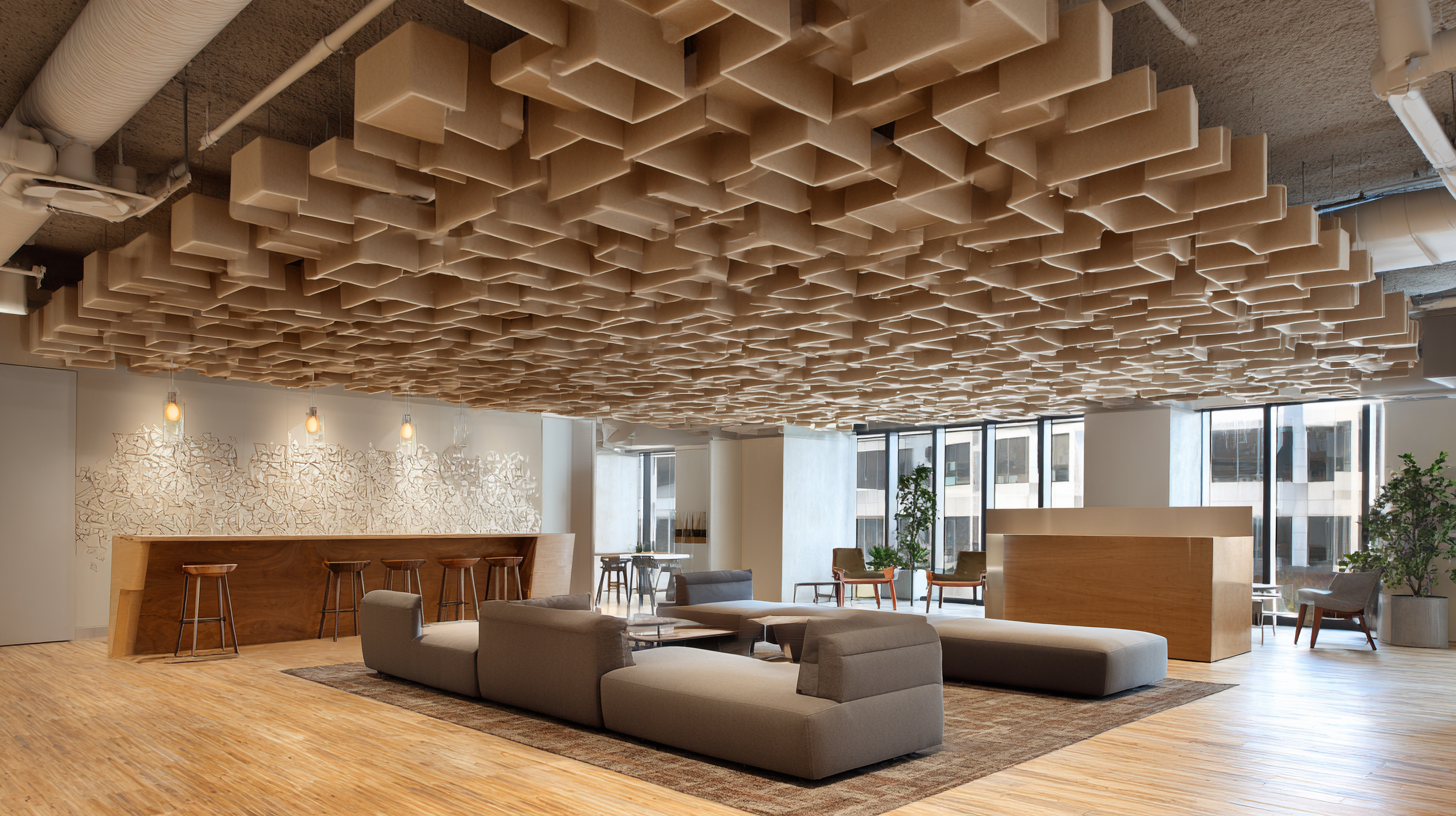
The benefits of implementing acoustic panels ceiling are numerous. They not only minimize echoes and reverberation but also improve overall sound clarity, making them ideal for music studios, conference rooms, and places of worship. Different types of panels cater to specific aesthetic and functional needs, providing options that range from fabric-wrapped panels to more contemporary designs. Additionally, with various installation methods available, incorporating these sound-dampening solutions into your space can be both straightforward and customizable according to your unique requirements.
In this comprehensive review, we will dive deeper into the world of acoustic panels ceiling, examining the different varieties available, outlining their distinct advantages, and providing a step-by-step installation guide. By the end, readers will have a complete understanding of how to make informed choices about integrating acoustic panels into their environments for optimal acoustics.
Understanding Acoustic Panels and Their Function in Ceiling Treatments
Acoustic panels play a vital role in enhancing the functionality and aesthetic appeal of ceiling treatments. These panels are designed to absorb sound and reduce noise levels in various environments, making them an essential feature in spaces ranging from schools and offices to restaurants and concert halls. By effectively managing sound waves, acoustic panels not only improve speech intelligibility but also create a more comfortable acoustic environment, crucial for both productivity and relaxation.
The variety of acoustic panel types available today allows for tailored solutions to meet specific design needs. From stretch ceilings that can incorporate LED lighting to custom installations that reflect cultural narratives, the options are diverse and innovative. As architectural designs evolve, the integration of acoustic solutions becomes increasingly important, especially in multifunctional spaces where both speech and music clarity are desired. With the growing market for acoustic panels, understanding their benefits and installation processes is key for homeowners and designers alike, ensuring that aesthetic aspirations don't compromise acoustic performance.

Key Benefits of Acoustic Panels for Ceiling Sound Management
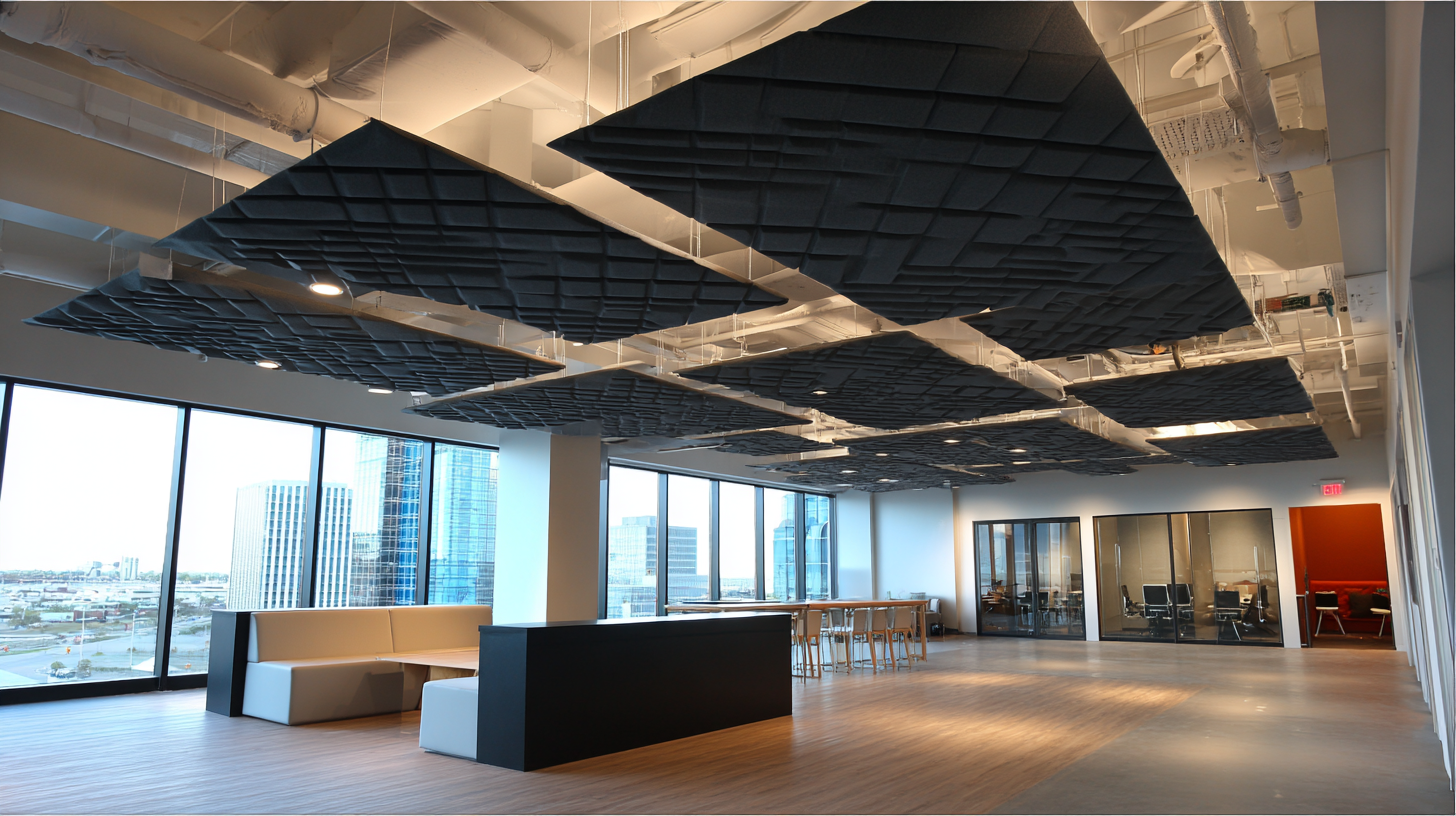 Acoustic panels for ceilings offer numerous advantages that significantly enhance sound management in various spaces. One of the key benefits is noise reduction; these panels absorb sound waves, minimizing echo and reverberation. This feature is particularly valuable in environments such as offices, recording studios, and home theaters, where clear audio quality is crucial. By creating a more acoustically balanced environment, acoustic panels contribute to improved focus and communication among individuals.
Acoustic panels for ceilings offer numerous advantages that significantly enhance sound management in various spaces. One of the key benefits is noise reduction; these panels absorb sound waves, minimizing echo and reverberation. This feature is particularly valuable in environments such as offices, recording studios, and home theaters, where clear audio quality is crucial. By creating a more acoustically balanced environment, acoustic panels contribute to improved focus and communication among individuals.
Additionally, acoustic panels can improve overall aesthetics within a room. Available in various designs, colors, and materials, they can seamlessly blend with existing decor while serving their functional purpose. This combination of sound absorption and aesthetic appeal makes acoustic panels an excellent choice for both commercial and residential settings. Furthermore, the ease of installation—ranging from adhesive options to grid-supported panels—ensures that sound management can be achieved with minimal disruption.
Exploring Different Types of Acoustic Panels for Ceiling Applications
Acoustic panels for ceilings are essential tools for enhancing sound quality in various environments such as offices, recording studios, and theaters. These panels come in a variety of types, each tailored to specific acoustic needs. Common options include foam panels, fabric-wrapped panels, and perforated wood panels. According to a report by the International Journal of Acoustic Engineering, properly installed ceiling acoustic panels can reduce noise levels by up to 30%, significantly improving the overall auditory experience of a space.
When selecting acoustic panels for ceiling applications, it is crucial to consider factors such as material density, thickness, and absorption coefficients, which measure how effectively a material can dampen sound. Research indicates that foam panels, while cost-effective, often perform best in mid to high-frequency ranges, whereas fabric-wrapped panels are more versatile, providing balanced absorption across various frequencies. Furthermore, the installation process can vary—direct mounting offers a minimalistic appearance, while suspended ceilings can offer enhanced sound control by creating an air gap. Understanding these differences is vital for achieving the desired acoustic performance in any setting.
What Are Acoustic Panels for Ceilings? Benefits, Types, and Installation Guide
| Type of Acoustic Panel | Material | Sound Absorption Coefficient | Installation Method | Typical Applications |
|---|---|---|---|---|
| Foam Panels | Polyurethane Foam | 0.8 - 1.0 | Glue, Mounting Tape | Recording Studios, Home Theaters |
| Fabric-Wrapped Panels | Mineral Fiber | 0.6 - 0.9 | Suspended, Directly Mounted | Offices, Classrooms |
| Wood Panels | Plywood or MDF | 0.4 - 0.6 | Nailed, Adhesive | Cafés, Lobbies |
| Perforated Panels | Gypsum or MDF | 0.5 - 0.8 | Suspended, Fitted | Theaters, Concert Halls |
| Acoustic Clouds | Fiberglass or Foam | 0.7 - 0.9 | Hanging from Ceiling | Conference Rooms, Auditoriums |
Essential Factors to Consider for Acoustic Panel Installation
When considering the installation of acoustic panels for ceilings, several essential factors come into play. First, assess the size and layout of the room. Larger spaces may require more panels or varied types to effectively reduce sound reverberation. Additionally, the ceiling height should be evaluated, as higher ceilings might necessitate specialized panels to achieve optimal sound absorption.
**Tips:** Before purchasing acoustic panels, conduct a sound test in the space. Clap your hands or use a sound meter to gauge the existing echo levels and determine the type and quantity of panels needed.
Another important factor is the material and design of the acoustic panels. Different materials, such as foam, fabric-wrapped fiberglass, or wood, offer various levels of sound absorption and aesthetics. Choosing the right style can enhance the room's decor while also improving acoustics.
**Tips:** Consider using a combination of panel designs to create a visually appealing layout that complements your interior while effectively managing sound.
Acoustic Panel Effectiveness by Type
This bar chart displays the noise reduction rating (NRC) of various types of acoustic panels. Foam panels and fabric panels provide the highest NRC, making them effective choices for enhancing room acoustics.
Industry Insights: Cost-Effectiveness and Performance of Ceiling Acoustic Treatments
Acoustic panels for ceilings play a crucial role in sound absorption and noise control, making them an essential component in various industrial settings. The global market for acoustic panels is projected to grow significantly, reaching an estimated $24.2 billion by 2034. This growth is driven by the increasing demand for effective noise reduction solutions in both commercial and industrial environments. The cost-effectiveness of ceiling acoustic treatments is highlighted by their ability to enhance sound quality and comfort while minimizing disruptive noise.
In recent years, the industrial noise control market has gained attention, with an expected valuation of $12.7 billion by 2035, showing a compound annual growth rate (CAGR) of 6.3%. This surge is attributed to the rising awareness of workplace acoustics and the need for maintaining a conducive working environment. Various products, including flexible and rigid acoustic solutions, cater to diverse applications, enhancing the overall acoustical performance of spaces. The integration of acoustic panels not only improves sound management but also contributes positively to employee productivity and well-being.
Related Posts
-

Unlocking Peaceful Spaces with Soundproof Panels for Your Home Office
-

Understanding the Science Behind Noise Reduction Panels and Their Impact on Acoustic Comfort
-
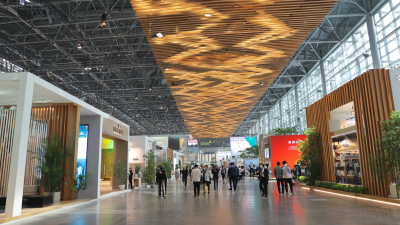
Discovering Trends in Interior Panels at the 138th Canton Fair 2025 in China
-
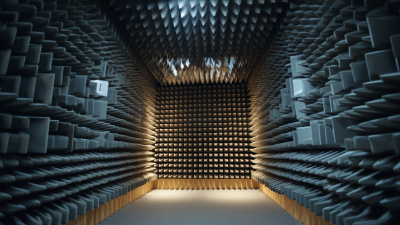
Discovering Innovative Acoustic Solutions: A Guide to Enhancing Your Sound Environment
-

Transform Your Space with Innovative Sound Reducing Panels for Ultimate Comfort
-
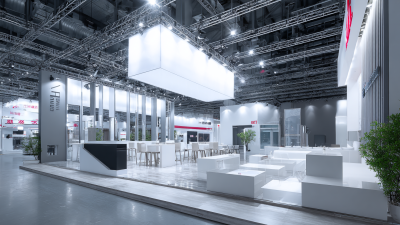
Exploring the Impact of Sound Absorption Panels on Industry Trends at the 138th Canton Fair 2025
